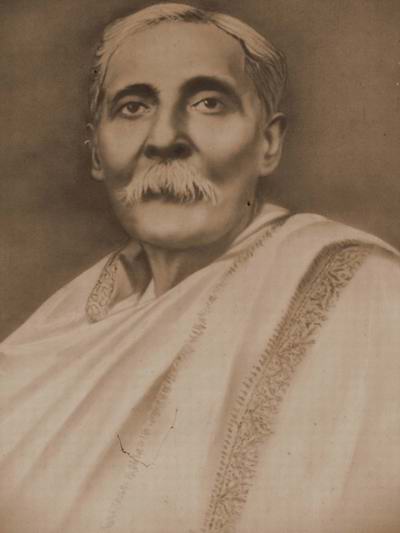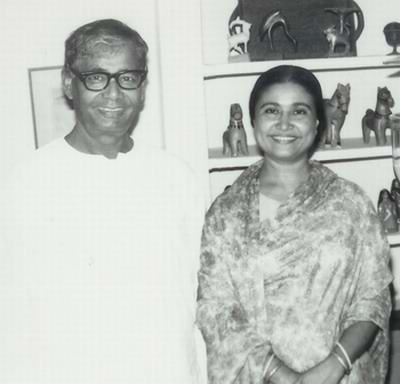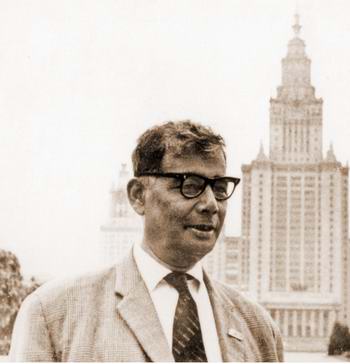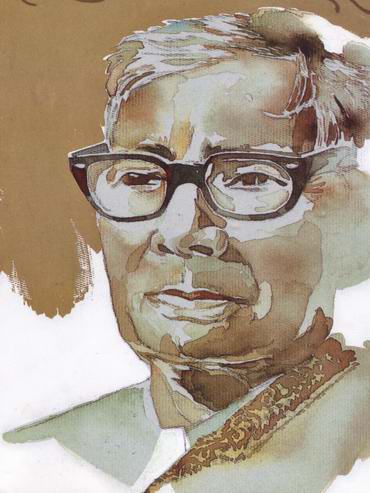 Sen was born to Ishwar Chandra Sen in the village of Bakjuri in the present-day Manikganj District of Bangladesh. In 1882, he passed his University Entrance examination from Jagannath School in Dhaka. In 1885, he passed his F.A. examination from Dhaka College. He passed his B.A. examination with Honours in English literature in 1889 as a private student. In 1891, he became the headmaster of the Victoria School in Comilla. From 1909-13, he was a reader in the newly founded Department of Bengali Language and Literature of the University of Calcutta. In 1913, he became the Ramtanu Lahiri Research Fellow in the same Department. In 1921, the University of Calcutta conferred on him the Doctorate of Literature in recognition of his work. In 1931, he received the Jagattarini gold medal for his contribution to the Bengali literature. He retired from service in 1932.[1] He died in Calcutta in 1939. Sen was born to Ishwar Chandra Sen in the village of Bakjuri in the present-day Manikganj District of Bangladesh. In 1882, he passed his University Entrance examination from Jagannath School in Dhaka. In 1885, he passed his F.A. examination from Dhaka College. He passed his B.A. examination with Honours in English literature in 1889 as a private student. In 1891, he became the headmaster of the Victoria School in Comilla. From 1909-13, he was a reader in the newly founded Department of Bengali Language and Literature of the University of Calcutta. In 1913, he became the Ramtanu Lahiri Research Fellow in the same Department. In 1921, the University of Calcutta conferred on him the Doctorate of Literature in recognition of his work. In 1931, he received the Jagattarini gold medal for his contribution to the Bengali literature. He retired from service in 1932.[1] He died in Calcutta in 1939.
He is mostly known for collecting and compiling the folklore of Bengal. Along with Chandra Kumar De, he published Mymensingh Gitika, or the Ballads of Mymensingh, a collection of 21 ballads.
A few biographical details are in order. Born in a village in the district of Dhaka in 1866, Dinesh Chandra Sen (or Dinesh Sen for short) graduated from the University of Calcutta with honors in English literature in 1889 and was appointed the headmaster of Comilla Victoria School in 1891 in Comilla in Bangladesh.
While working there, he started scouring parts of the countryside in Eastern Bengal in search of old Bengali manuscripts. The research and publications resulting from his efforts led to his connections with Ashutosh Mukherjee, the famed educator of Bengal and twice the vice chancellor of the University of Calcutta (1906–1914 and 1921–23).
In 1909, Mukherjee appointed Sen to a readership and subsequently to a research fellowship in Bengali at the university. 5. Sen was eventually chosen to head up the postgraduate department of Bengali at the University of Calcutta when that department—perhaps the first such department devoted to postgraduate teaching of a modern Indian language—was founded in 1919. Sen served in this position until 1932. He died in Calcutta in 1939. Sen produced two very large books on the history of Bengali literature: Bangabhasha o shahitya (Bengali Language and Literature) in Bengali, first published in 1896, and History of Bengali Language and Literature (in English), based on a series of lectures delivered at the University of Calcutta and published in 1911. 6. He also produced many other books including an autobiography. All his life, Sen remained a devoted, tireless researcher of Bengali language and literature. 7
Sen, today, is truly a man of the past. His almost exclusive identification of Bengali literature with the Hindu heritage, his idealization of many patriarchal and Brahmanical precepts, and his search for a pure Bengali essence bereft of all foreign influence will today arouse the legitimate ire of contemporary critics. It is not my purpose to discuss Sen as a person. But, for the sake of the record, it should be noted that, like many other intellectuals of his time, Sen was a complex and contradictory human being. This ardently and (by his own admission) provincial Bengali man loved many English poets and kept a day's fast to express his grief on hearing about the death of Tennyson. 8.
For all his commitment to his own Hindu-Bengali identity, he remained a foremost patron of the Muslim-Bengali poet Jasimuddin. 9. The inclusion of a poem by Jasimuddin in the selection of texts for the matriculation examination in Bengali in 1929, when Hindu-Muslim relations were heading for a new low in Bengal, was directly due to Sen's intervention at the appropriate levels. 10. And his patriarchal sense of the extended family did not stop him from encouraging his daughters-in-law to pursue higher studies. 11.
6. For a factual revision of Dinesh Sen’s research findings see the appendices added by Prabodh Chandra Bagchi and Asitkumar Bandyopadhyay to Dinesh Chandra Sen, Bangabhasha o shahitya, ed. Asitkumar Bandyopadhyay, 2 vols. (Calcutta, 1991), 2:868–89.
7. Biographical details on Dinesh Sen are culled here from his autobiography, Gharer katha o jugashahitya (1922; Calcutta, 1969; Supriya Sen, Dineshchandra; biographical note entitled "The Author's Biography" published in Dinesh Chandra Sen, Bangabhasha o shahitya, 1:43–5; and "The Author's Life," in Dinesh Chandra Sen, Banglar puronari (Calcutta, 1939), pp. 1–32. A later reprint of this book (1983) says in a publisher’s note that this short biography given in the first edition contains some factual errors. But the facts stated here seem to stand corroborated by other sources.
8. Supriya Sen, Dineshchandra, p. 19.
(Dipesh Chakrabarty)
|





